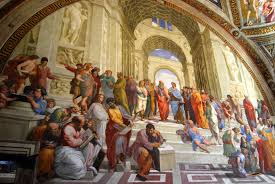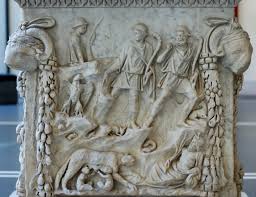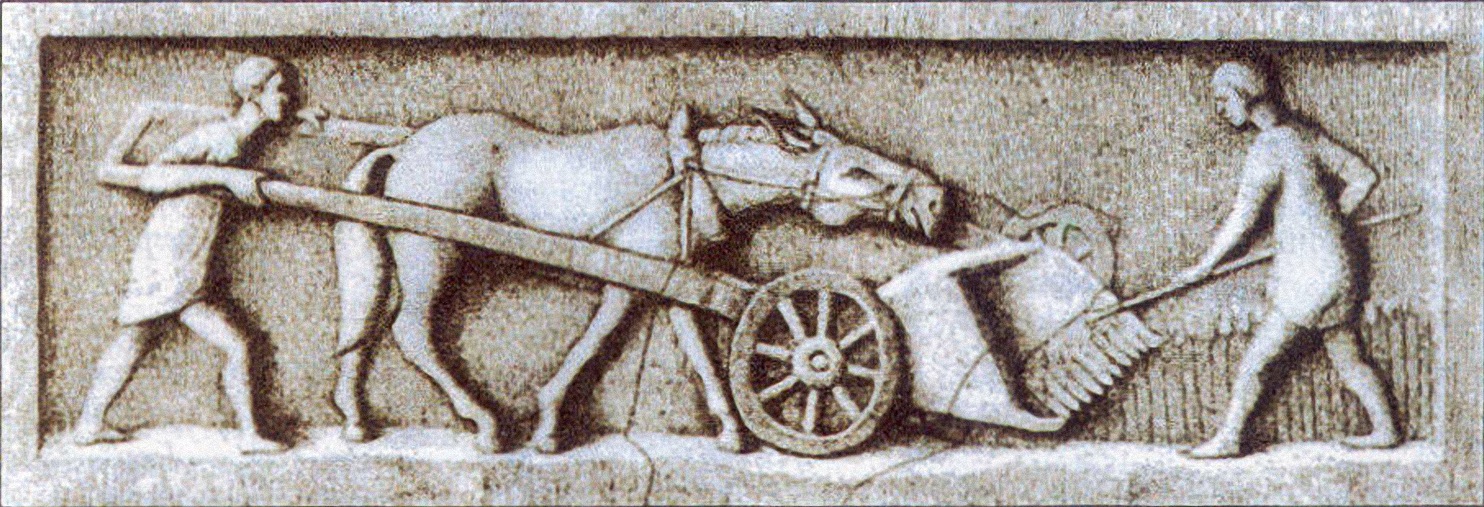Ancient Roman Occupations: Ancient Rome as a civilization was a very developed and well-organized one. We tend to get to this conclusion by seeing the varied forms of artifacts and some astonishing proofs that have been discovered in many excavations.

A well-coordinated society that basically dwelled on more or less the same principles, socio-economic structure, and overall life cycle, which modern civilizations have.
Popular occupations in ancient Rome
Roman civilization had basically established itself by a monarchy system and a pyramidal structure would best symbolize the Roman social lifestyle. By a pyramidal structure, it is meant that ancient Roman occupations like peasants, cobblers, smiths, carpenters, fishermen and other such would be the fundamental base of the structure.

An upper layer of the base consisted of a higher cadre, including businessmen, goldsmiths, artists etc.
A level above would be that of, gladiators, army personnel, doctors, cooks, engineers, and accountants. And finally, at the tip of the pyramidal chart comes, the governors, the monarch, and his fleet. This in effect is a very similar kind of a structure to our pattern of lifestyle.
Roman Job Specialization
But, discoveries have made it clear, that job specialization actually originated from that period in time. Every man irrespective of his socio-economic background had a particular role in ancient Roman society and as such you could say they had a job of their own.
Basically, Roman civilization was created due to the class system it followed in the society. A breakdown of this class system would tell us about the occupations and their classification in a more detailed manner.

Ancient Roman Occupations in Class System
The class system that existed in Rome, itself changed over the course of the civilization’s long history and as a result of the roles of the members of society also got a definition. For e.g. in the earlier days of the civilization the job of priests and priestesses, was both religious as well as legal in type.
This can be extended to the medieval period in the 17th and 18th century, where the Church was designated as the most powerful organization.
Later as time progressed, their work was slowly curbed to the spiritual domain only. A similar trend was seen with respect to governors or senators. More importantly, while al this was taking place, all the administering powers were increasingly getting concentrated on a single person; the Monarch.
Patricians Jobs
Due to the class system, Rome as a society was also divided upon the parameter of wealth. The rich nobility also known as Patricians, from the beginning, focused on gathering wealth by means of land ownership and farming.
One more fact is observed from discoveries, is that these Patricians really made their initial wealth by funding the military enterprises from which they then reaped a large share of the loot. This share of wealth would then be invested into acquiring further agricultural land for their estates.

The study tells that all these estates were managed by the then existing ruthless middle-level farm managers who dictated over small communities of slaves. As farming has been the most primary occupation of the early man, trading too was seen as a basic job specialization even in the Stone Age.
Similarly, mercantile trade was seen as one level below as that of the Patricians and was therefore carried out by the so-called middle-class mediators referred to as “clients”.




